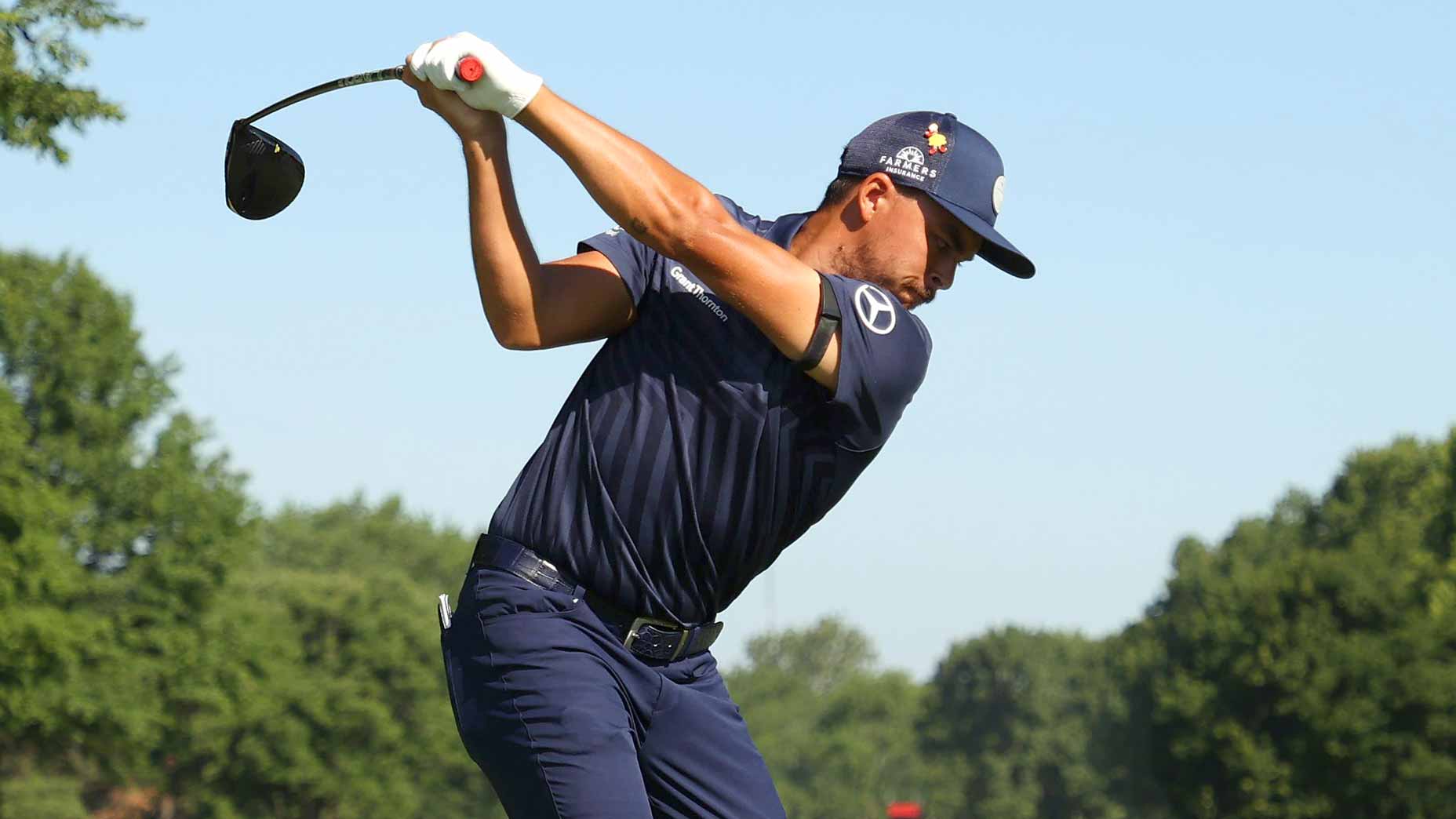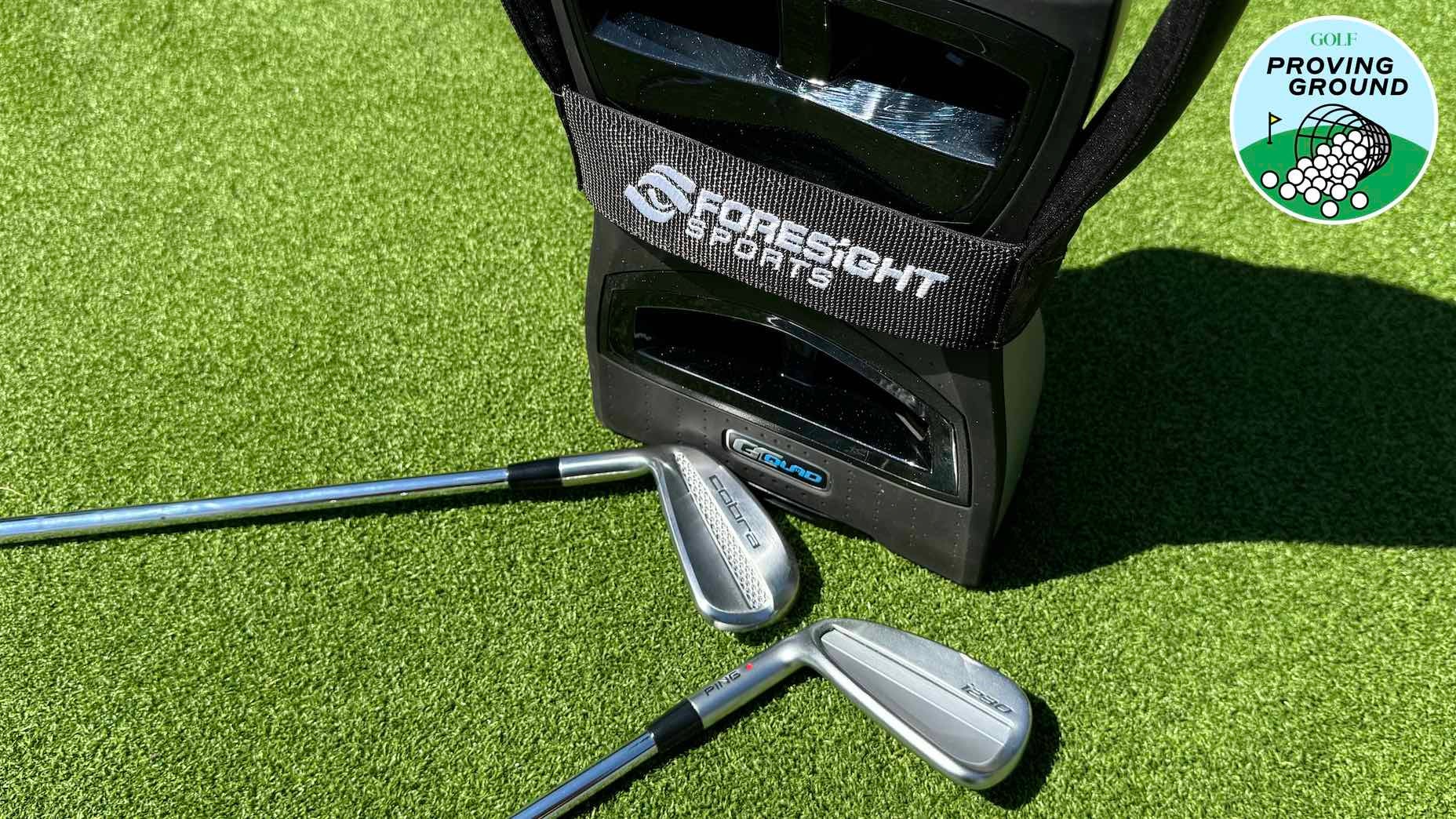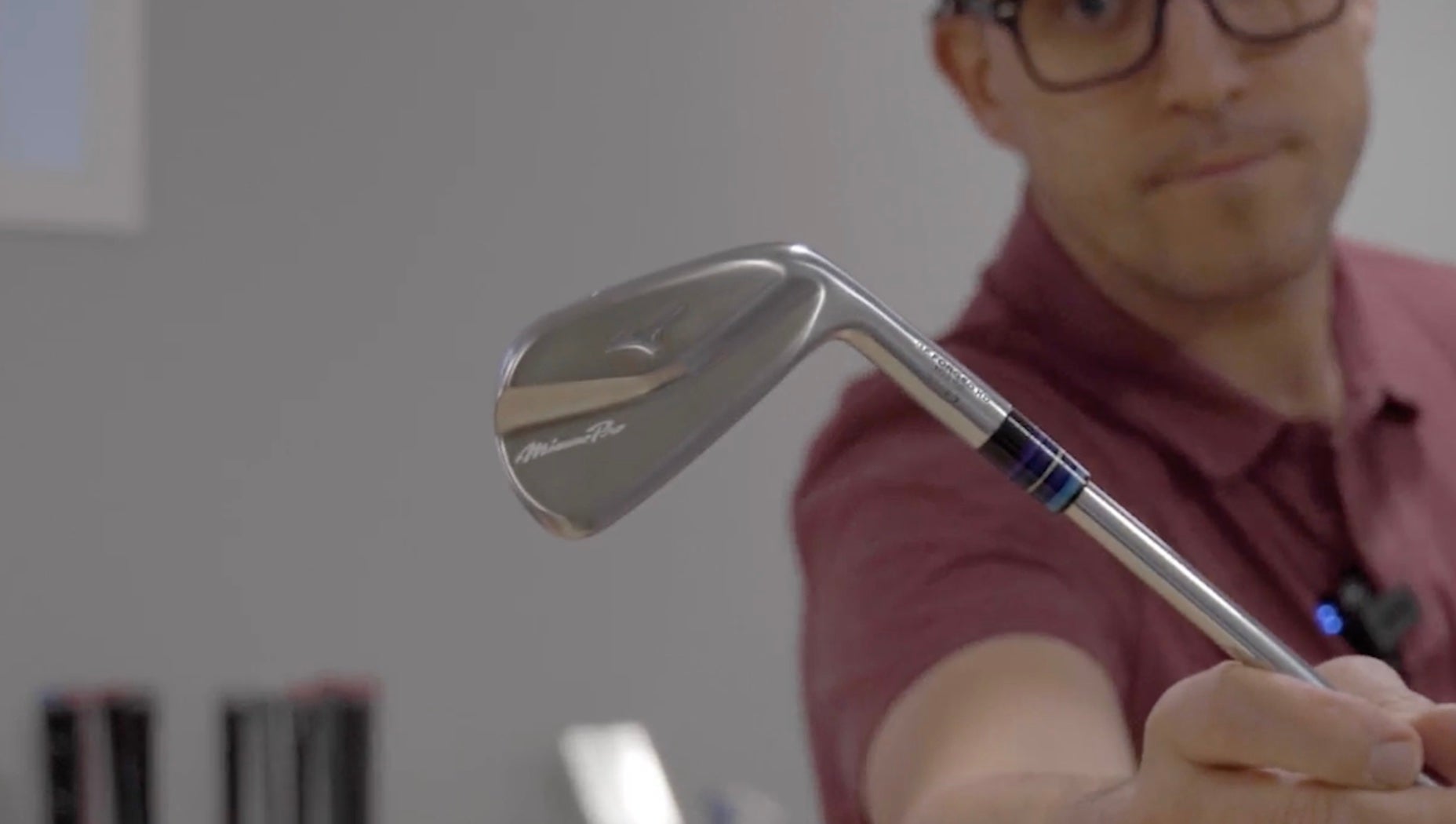3 reasons why you should switch to graphite iron shafts right now

Every week, in collaboration with our sister-company and Top 50 Clubfitter True Spec Golf, our in-house team of equipment experts host the Fully Equipped podcast. It’s where we break down the most interesting equipment news in golf, from the most authoritative voices in the game.
New in 2021, we’re going to be highlighting many of those same Fully Equipped voices on GOLF.com as part of an expanded series of articles, sharing the best equipment insight around, and helping you play better golf as a result.
This week, our experts are talking about graphite irons — and why you should consider making the switch.

1. It’s easier on your joints
Jonathan Wall, Managing Equipment Editor: A lot of graphite products perform like steel but offer some hidden benefits like vibration-reducing technology that’ll reduce wear and tear on your joints during those lengthy practice sessions. I realize there’s a stigma attached to graphite, but you need to stop thinking of them as a product for your grandpa. Bryson DeChambeau and Abraham Ancer swear by graphite product in their irons. It’s incredibly consistent and may help you pick up a bit of distance along the way.

2. You get the best of both worlds
Andrew Tursky, Senior Equipment Editor: As J.Wall mentioned, it’s absolutely time to get over any stigma around using graphite iron shafts. I’ll go as far as saying that more than 50 percent of golfers would find better performance and a more pleasurable experience by switching to graphite. Composite shaft companies have made huge strides in creating iron shafts that mimic the dispersion of steel shafts, but provide more height, speed and better feel. In addition to Bryson and Abe, players such as Rickie Fowler, Charles Howell III and Davis Love III have been using composite in their irons. And that list is only going to grow in the coming years.

3. You can swing faster
Luke Kerr-Dineen, Director of Game Improvement Content: I went to our sister company True Spec for an iron fitting a couple of years ago, with one simple goal: I wanted to hit the ball further. I was sick of steel, so in came the graphite, and I was immediately vindicated. The club was lighter, which meant I could swing the club faster, which meant my ballspeed jumped immediately. Above you can see the results: The (shorter) red line was my gamer. The group of shots about 15 yards longer where the graphite-shafted irons. I bought a new set of graphite irons, and never looked back.













